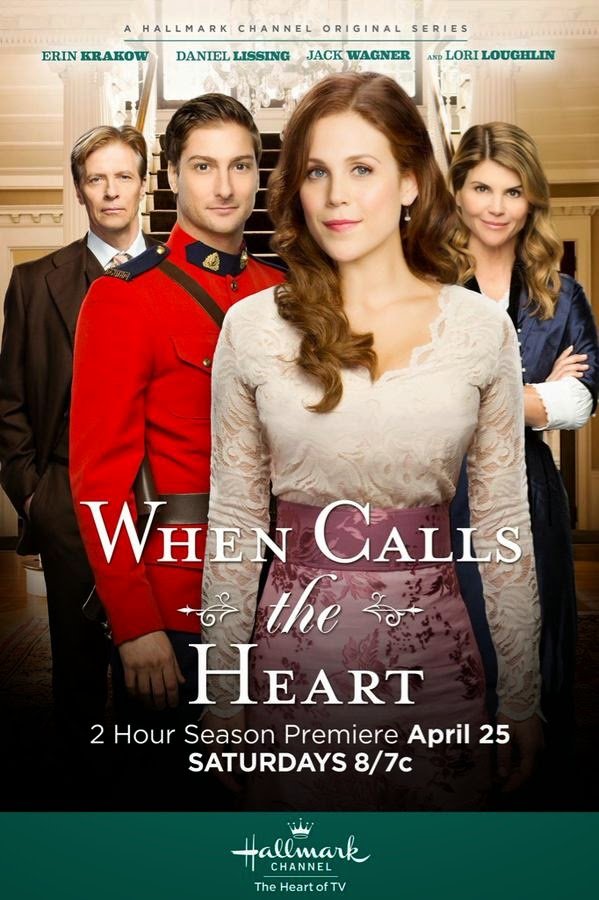Principles of Visual Perceptions as Applied to Television
By Jack Hanick, Contributing Writer
There are basic principles that guide the visual perception of television. While it is well established that TV is a visual medium, it is necessary to break down this truth into practical rules to create an effective presentation.
- Television audiences have a short attention span. This phenomenon is not correlated to innate intellectual capacities of audience members or to their ability to concentrate. This short attention span is universal across all cultures, ages and intellectual capacities. The root reason for this is the nature of the human imagination as it interacts with visual images on the TV screen.
Place many objects in a room and include a TV screen, the eye will naturally be drawn to the TV, first. Its glowing phosphors attract human attention greater than anything else. It is an innate response like a moth is drawn to a flame. Once the “data” from the screen is processed, other objects in the room gain attention.
Our imagination has the capacity and hunger for a large amount of information. It generates pleasure as it analyzes the visual information. It formulates verbal descriptions, accesses memories, and finds non-verbal cues for emotional learning.
If this visual information is not rich enough for the imagination, it loses interest in the source and looks elsewhere. When the imagination is drawn to TV and its hypnotic image display, if visually un-stimulated, then words alone cannot provide the imagination with enough data to keep it interested. This reality often draws criticism that TV, as a medium is “shallow” and not capable of delivering meaning. For this reason, church programs, full of meaning but relying heavily on the spoken word, often fail on TV. However, understanding this interaction between the imagination and visual information allows for the introduction of meaningful and stimulating dialogues.
How to keep the imagination interested.
The imagination constantly scans the visual information for clues for meaning. It looks from left to right and top to bottom. It reads the picture in the same pattern that books are read. Once it reaches the conclusion that it has read everything, it stops generating pleasure. The audience member either gets sleepy or takes action to find other visual information.
Stimulating the imagination has been an important part of theatre for the past century. When an actor prepares a role, he works to create an imaginary world using his imagination to create a visual picture. He recalls as many memories as possible from all five senses to stimulate a picture in his mind. For TV, pictures and sound when used to suggest the other three senses, touch, taste and smell, keep the imagination interested. This explains why cooking shows, although visually simple are so popular.
Engaging the sixth sense: Time
Time for the imagination is expressed in music. Time is rhythm and tempo. In a live concert, music alone is enough to stimulate the imagination. But on TV, sound is secondary. However, rhythm and tempo have an equivalent visual expression.
Russian filmmakers from the early days of silent filmmaking understood the importance of speed of changing shots to keep the eye interested. This was the beginning of montage editing. Some shots were longer in time and others quick paced just like a musical score.
This is the practice in talk shows and news interviews in all of modern TV. However it is not enough. Once the imagination understands the geometry of place; that is, where in space all the participants are located, it is no longer interested. No amount of changing cameras in the same location will improve this. This is one of the weaknesses of modern TV directing. Many directors focus on the pretty pictures from different shooting points and ignore finding solutions to keep the imagination fully engaged.
The imagination looks to understand “the unity of place” just as in the real world, we look to balance and orient ourselves in space. Once this is understood, the imagination looks for new and unusual relations. For the TV director of news and talk this means placing multiple places on the screen simultaneously. The imagination tries to understand the relationship of these places. This is more stimulating than any one image alone. The rhythmic change from multiple images to a single interview image keeps the audience surprised.
In music, in addition to rhythm and tempo, there is harmony. The visual equivalent to harmony is layering. Layering means the number of visual elements on the screen simultaneously in perspective. This depth perception stimulates the imagination to understand the unity of place in new ways.
For example, there is a background image and then one or more images inside windows and then foreground text to be read. The speed at which these elements hide and appear creates a visual musicality. Sometimes, there are three elements, sometimes four and five and then one, and so on.
This visual concert is the secret to keeping the viewer’s attention.
Visual elements have priority over sound.
To test if a TV program has visual priority, turn off the sound. Can the show be understood? Text as a layer on the screen should guide the viewer through the story.
Sports shows are popular because they can be understood without the sound. The score and time are visually displayed. The same announcer describing a sports event on TV uses more emotion than on radio where he must paint a visual picture. The cheering crowds give the imagination, audio clues as to how to interpret the pictures he is seeing.
The effects of sound on the imagination are mostly unconscious. Music, background noises on video clips, the tone of voices color the picture.
Sound enhances the meaning of the image and provides emotional flavor but the main source of meaning is visual.
If TV news is basically “talking heads”, how can the visual images become priority? Writing skills first should be applied visually then to sound. The imagination is stimulated through reading. Questions, facts, biographical data as well as guest responses should all be visible while the guest speaks. Text and information should be part of the visual music of a news show. The imagination will be stimulated only when these conditions are satisfied. After this, talk will keep the imagination’s attention.
The role of emotional expression in relaying information.
Information is carried on the wings of emotion. This fact has drawn more criticism to television than any other characteristic of the media. The imagination looks first to emotion through pictures. Dreams and nightmares are first visual and emotional before they are detailed. But this fact does not mean that TV should be abandoned by intelligent rational minds and left to others. It means that the emotional appeal, innate to the visual media must be applied differently. It cannot be ignored.
Strong emotional visuals win over the portrayal of fact. In American TV journalism history, the defining moment was the reporting of Walter Cronkite in 1963 on the death of US President Kennedy. He choked up live and cried on camera. His emotion broke the stereotype of the unemotional host. The information he provided was forgotten but his feelings were not. This shows that the past solution of highly charged negative emotions is NOT the only solution for TV. The Orthodox emotions of love, heroism, confession and forgiveness are strong positive emotions lacking in the media space. Honesty and confession of bias, of our journalist on air will break through the natural suspicion of the viewer.
Editor’s Note: Jack Hanick is a New York Emmy Award winning director and former director at Fox News. Jack helped to create one of the first non-government funded news channel in Russia. He is currently helping to rebuild 10 local stations in Greece.
Questions or comments? Please write to us here.


 - Content:
- Content: 

